Have you ever wondered why some buildings look exciting and welcoming while others don’t? Every building looks different and affects people differently. However, what disdains beautiful buildings from ugly buildings is universal. Alison Lurie explains why beautiful buildings bring joy and happiness and why ugly buildings don’t in her book: The Language of Houses: How Buildings Speak to Us. She writes: “Architecture can make us happy, but like a vulgar, dishonest speech, it can also make us miserable. Ugly, badly constructed buildings are unpleasant to live or work in, and dirt, disorder and failures of décor can also be deeply depressing.” You must agree with Lurie in this one. This blog is mainly influenced by the writings of Lurie with personal opinions of the undersigned.
The blog is divided into two parts: Part 1 is the beauty and emotions, and Part 2 is Moral and Design, both of which will try to answer the question: What makes a building beautiful.
Beautiful and Ugly Buildings
According to Alain de Botton, we call a building beautiful if it reflects our values. “The buildings we admire are ultimately those which . . . refer, whether through their materials, shapes or colors, to such legendarily positive qualities as friendliness, kindness, subtlety, strength and intelligence.” However, what is considered to be beautiful changes over time. During the Renaissance, an ideal structure was classical Greek or Roman inspired, with influence from local climate and landscape. In 18th century the Gothic architecture was fashionable. There is always a certain fashion in architecture that just hits us. However there are those buildings that will last forever and stay beautiful even when the time goes on. There are Parthenon (even though not in the same condition as in the days of glory), Gaudí’s Sagrada Família or the Forbidden City just to name a few.
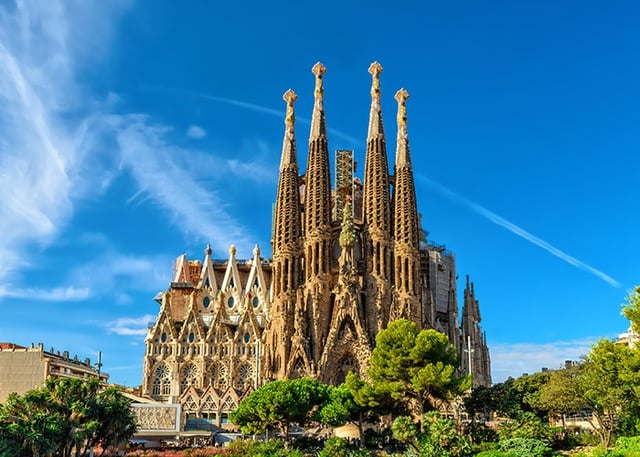 |
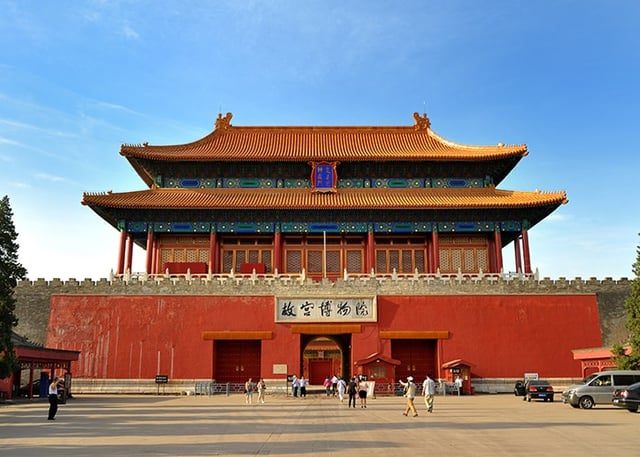 |
| Gaudí’s Sagrada Família in Barcelona, Spain | Forbidden City in Beijing, China |
Most of us have our favorite eras. We may see us living in a French eighteenth-century villa or in an English country village. For several hundred years the buildings with decoration, variation and elaboration in architecture were admired. However, the advances in technology, iron and concrete, revolutionized construction business. Architects started favoring simple designs, with reduced construction costs. Now bare simplicity is considered to be beautiful, all decorations seem to be ugly and unnecessary.
De Botton explains this phenomenon. He found that people find buildings beautiful when they represent values the society lacks, not when they represent current values. In today’s world material wealth rules, we start to miss for a more simple, natural, and casual life. This is seen in the big and crowded cities where the walls are stripped down to raw brick and apartments are designed with minimal furniture.
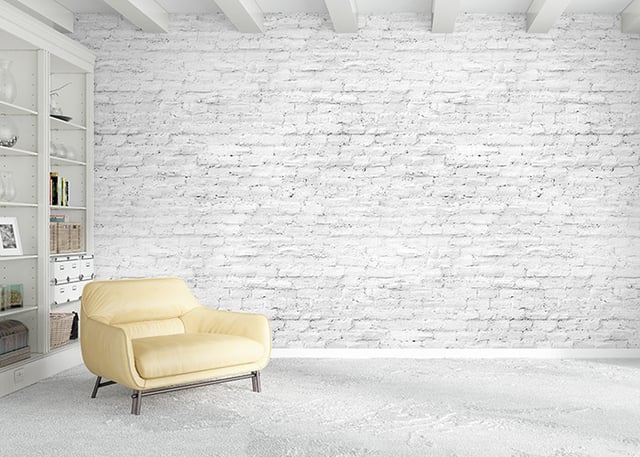 |
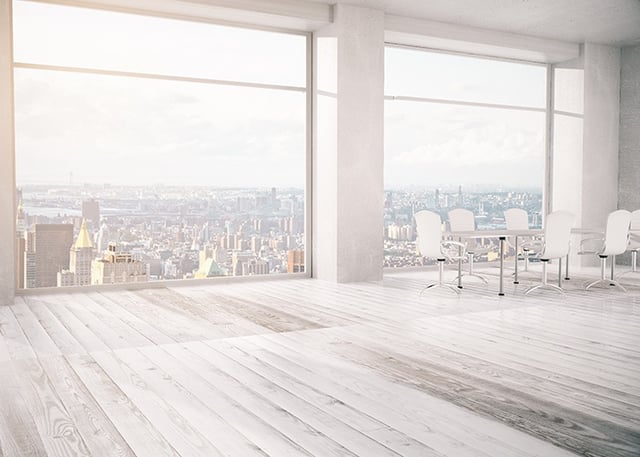 |
| Minimalistic design with stripped brick wall | An office space with minimalistic design |
“What will we experience in a house with prison-like windows, stained carpet tiles and plastic curtains?” asks de Botton. Obviously, we would feel disgust and repulsion. Depression and despair starts to take control. Or at least with people who are sensitive and perceptive towards their surroundings. Perfection is close to impossible also in architecture. Most of the people cannot afford to live in the most beautiful buildings. An average house has always something wrong: the kitchen is too small, there is not enough closets, the floor is wrong material, the tiles in the bathroom are wrong color. It is important to have some blindness to our environment. Most of the times practicality drives over beauty, especially if there are children or engineers in the same household.
Emotions and Buildings
For a child, everything may seem to be alive; the toys they play with, building cranes, chairs and tables. This often continues to adulthood, people name their cars and complain their electronics are acting up. It is the same with buildings, they seem to come alive. Buildings and architecture can have personality, it can send out positive or negative feelings. A building might look like it would have a face, with the windows as eyes and the door as a mouth. You don’t even have to be a child to notice how some of the buildings look happy, terrified, or angry. Architecture usually brings out emotions in us.
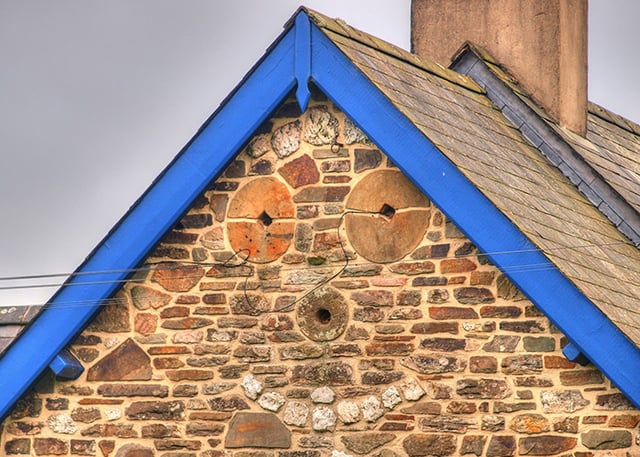 |
 |
| A house can also be as happy as you | Feng Shui Bagua helps you to analyze energy levels |
Another version of the positive or negative effects of buildings is the science of architectural design, Feng Shui. According to Feng Shui professionals, a wrongly placed door or window can make you poor, miserable, or neurotic, while a well-situated mirror or screen can at least partly correct the problem. Today there are people who will not move into a house or an office until it has been inspected and rearranged by professionals. Feng Shui is based on 5 different elements, which should be placed on correct cardinal point to create the harmony within the building and people who are in the building.
Subscribe to our blog in order to receive the next part of this blog as soon as it is published or contact us with your comments!


